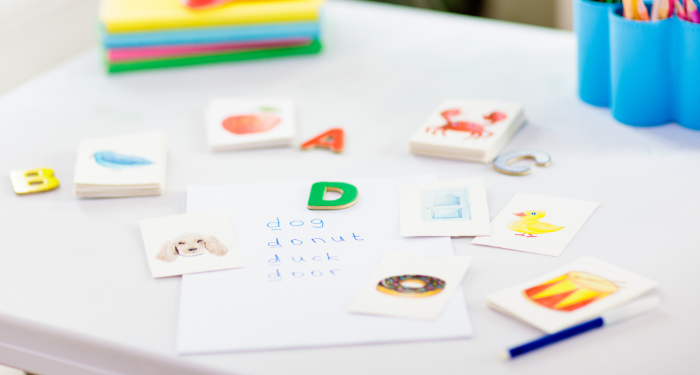
I Needed Phonics to Learn to Read. Other Kids Do Too.
When you are a kid who doesn’t know how to read, it’s a problem. Actually, you are a problem. At least, that’s how you’re treated in school. And when you keep falling behind in 1st and 2nd and 3rd grade and beyond, the problem just gets bigger and bigger. Reading is one of the first and most essential skills kids learn when starting school. It’s needed for basically every other subject, even math. And if you struggle with reading, it’s easy to feel stupid or completely disengaged from school.
I know how it feels because I was one of those kids. Despite reading being about 90% of my personality as an adult, I didn’t learn to read until I was 10 years old and in 4th grade. A major reason for this was my first elementary school didn’t include adequate phonics instruction. Talking to my mom, I learned that in 1st and 2nd grade my teachers emphasized memorizing whole words and activities to promote a love of books. They kept telling her not to worry that I wasn’t reading: as long as I didn’t have negative associations with books, I would eventually learn.
This sounds so great, in theory. But there was a problem. And the problem wasn’t actually me, even though it felt like it was at the time. The problem was as months and years passed, I still wasn’t getting it — and it’s pretty hard to love books when people are asking you to read them all day and you just can’t do what they are asking. At the suggestion of my teacher, my mom worked on phonics with me after school and in the summer using the Bob Books. I was evaluated for dyslexia and other learning disabilities. I even worked with a tutor on phonics and spelling after school during those years. But it wasn’t working.
I only wanted to “read” books that I’d memorized. I really didn’t want to read very much at all. To make matters worse, my sister who is one year younger than me, learned sight reading very quickly. So not only did I feel inexplicably behind my classmates, but also my younger sister.
In 3rd grade, I moved to a different town. In my new school, the class size was smaller, and my teacher focused more on phonics and phonemic awareness with me. I was learning to sound out words and recognize patterns between letters and sounds. Then in 4th grade, something clicked. My mom says it felt like it happened overnight. One day, I was still struggling with picture books and early readers. The next, I was determined to read Ella Enchanted (my first favorite book) and asking for other longer chapter books.
My family had a lot of privilege to invest the time and financial resources into helping me learn to read. But I needed a strong foundation in phonics to make that happen. My first elementary school was using a method called Whole Language to teach reading, which became very popular in the 1980s and 1990s. It was based on the idea that reading comes naturally to children the way talking does. Later, Balanced Literacy became the most popular way to teach reading, which is supposed to incorporate both phonics and whole language lessons. But in practice, Balanced Literacy often focuses more heavily on Whole Language approaches, like children using illustrations, context clues, or guessing when they don’t know a word.
Parents of children with dyslexia have been arguing for more phonics in school for a long time. This might seem like a niche group. But The Yale Center for Dyslexia and Creativity states that dyslexia affects 20% of the population. Phonics instruction is also being discussed more recently as a Civil Rights Issue, with the NAACP pushing for more phonics in classrooms and the Levar Burton film The Right to Read. The method they are advocating for has been called The Science of Reading. The name of this method alludes to the decades of research showing that children read better when they understand phonics fundamentals.
There is a lot of political momentum behind switching to The Science of Reading method in schools right now. But it remains a controversial issue. Phonics is not the only ingredient needed to learn to read. It’s definitely not a silver bullet or a quick fix Reading comprehension, vocabulary building, and a passion for books are important too. And I definitely don’t think the burden of changing the curriculum too quickly should be placed on the many overwhelmed, overworked, and underpaid teachers in our schools.
But phonics was something I needed to learn before I could read. And a lot of other kids right now need it too.
For more information on this topic, check out the articles What is the Best Way to Teach Reading? and What is the Science Behind Reading?











